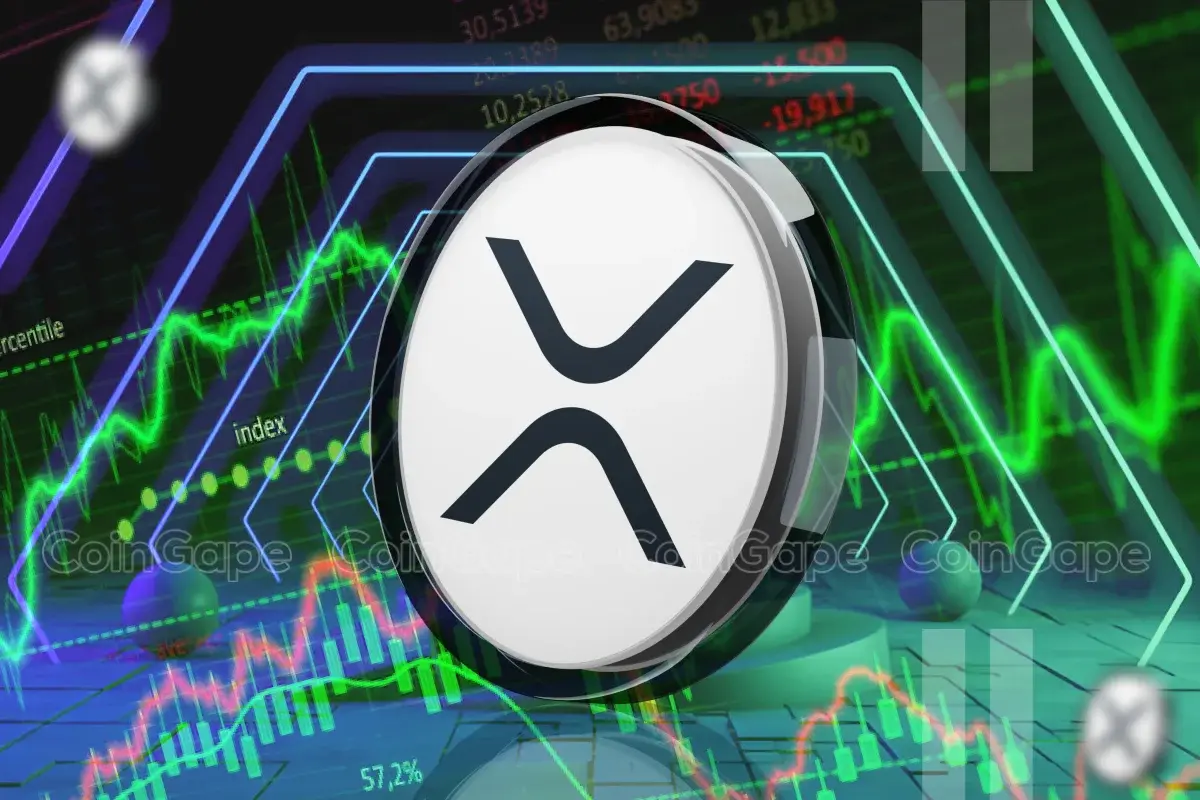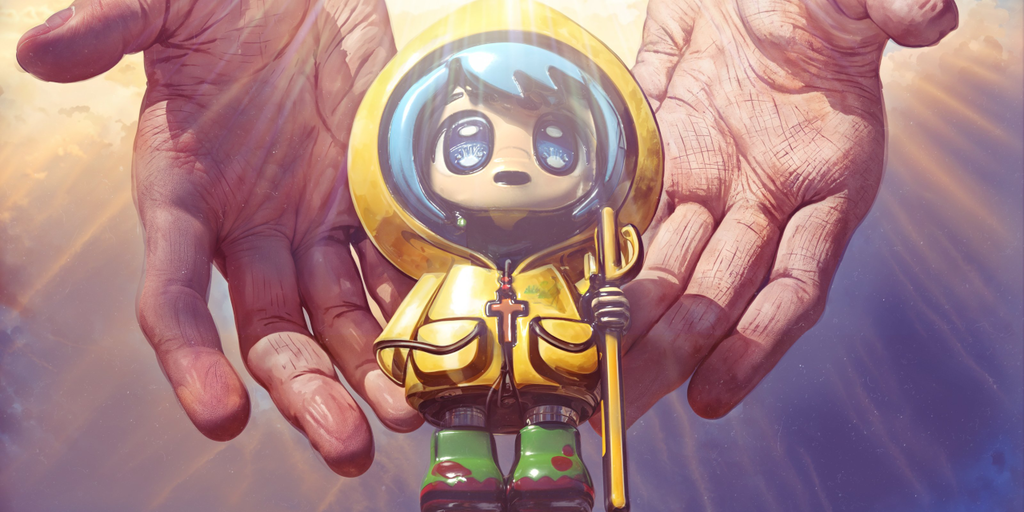
Telegram tap-to-earn game players got exciting news this week, as the developers of viral crypto game Hamster Kombat announced that the HMSTR token launch is now set for September 26 on The Open Network (TON), following a delay from the original target of July.
But that announcement was couched by plenty of less appealing news around the network. Last weekend, Telegram co-founder and CEO Pavel Durov was arrested in France, prompting a price plunge for TON plus uncertainty around the Telegram-linked network.
And then on Tuesday, ahead of the Hamster Kombat announcement, TON stopped processing blocks for hours due to surging demand. Service was restored overnight… only for the network to repeat the feat on Wednesday and collapse for a few more hours.
After months of rising momentum around the network and a TON price surge that still sits above 200% over the past year, the past week’s events mark a one-two-three punch for The Open Network. And while the Hamster Kombat token date puts an anticipated event on the horizon for supporters, it could also provide a much larger opportunity for TON to crack under pressure.
TON’s core developers put the blame for this week’s network congestion and downtime on sizable demand for DOGS, a meme coin offered via an airdrop to 10 million users of a Telegram app. DOGS briefly popped into the top 100 overall coins by market cap on Wednesday, with $1.8 billion in trading volume over the previous day—despite the network issues.
The rise of The Open Network over the past year, on the back of increasing integration within Telegram itself and the success of Notcoin and subsequent crypto games, has driven more traffic than ever to TON. On Friday, developers said on Telegram that the network set a new record with 1.1 million daily users—one of three such days this week with over 1 million users.
A Hamster hazard?
That surging demand has taxed the network in unfamiliar ways, and TON couldn’t handle this week’s stress test from DOGS. But Hamster Kombat has a vastly larger player base, with the creators claiming 300 million players to date as of late July, and the Telegram mini app itself showing over 80 million monthly active users as of earlier this week.
Even if the number of players eager to go on-chain and claim the token right out of the gate on September 26 proves to be a much smaller sliver of either figure above, that’s still potentially millions of users prodding the chain to get their rodent coins and transact them. That’s not including any outside observers aiming to swoop in and buy them up on exchanges.
Asked about this week’s issues, a spokesperson for the TON Core development team said that it wasn’t just a matter of demand over the DOGS token, but demand amid issues with chain operations. DOGS notched nearly a million on-chain holders plus tens of millions of transactions this week, they said, but other variables led to the performance hitches.
“The issues this week were mainly due to two key factors,” they told Decrypt. “Firstly, our recommended validator configuration contained errors, and secondly, some TON validators were running on poor hardware. Projects are still working out the best way to distribute their tokens at scale, and this exacerbated the issues caused by these factors.”
In regards to validators, or the node operators that secure the network and verify transactions, the team said that they’re working on enhancing a system that they say will push operators to run at a higher level—without introducing centralization risks.
“We are improving the network’s decentralized penalty system to help us better identify and penalize underperforming validators,” they said. “This will help us to strengthen the network’s overall stability as we continue to onboard millions of new users to TON and to crypto.”
Further, as more of these tokens—called “jettons” on TON—are minted to large audiences cultivated through Telegram mini apps, the devs said they’re improving the tech to make such launches both functional and affordable for creators during token generation events (TGEs).
“We are continuously updating the network as we learn more from the unprecedented numbers of users these TGEs are reaching,” they explained to Decrypt. “We have recently developed a new TON Mintless Jetton technology that will help to ease network pressure during future token generation events. This technology will allow projects to distribute coins to hundreds of millions of users at a cost of under a dollar in network fees.”
A TON of players
As the TON Core devs noted, how creators design their drops can also impact the network’s ability to handle the load. Hamster Kombat missed its original July target because the anonymous development team said it was still planning how to execute such a massive claim process, and working with the TON team to figure that out.
This week, the game’s developers confirmed to Decrypt that they are still “indeed working closely with the TON team to make the airdrop happen and ensure all players get their share as seamlessly as possible.” And given the size of the player base, it’s sure to be a huge draw.
“We expect the TGE of Hamster Kombat to result in the largest airdrop in history,” the Hamster Kombat team told Decrypt. “We have given a lot of thought to the technical implementation, and this is the reason we had to change the date to September 26.”
The largest example so far of an airdrop on TON is Notcoin, the tap-to-earn affair that set the mold for Telegram crypto games. It attracted 35 million total players this spring, but then cut the in-game earnings of lapsed players who hadn’t logged in for a while. It also offered incentives for users to stake (or lock) their tokens in the game for future benefits, rather than withdraw them and add to the on-chain claiming rush.
Collectively, such moves may have trimmed down the number of players looking to claim and potentially dump their holdings on day one. Hamster Kombat’s player base is significantly larger, however—and the developers aren’t ready to spill the beans on how the claim will work.
They will be “sharing more details on the technical solution we developed in the upcoming weeks.” However, it sounds like they’re not planning to cut down how many players will be able to claim tokens, outside of culling accounts they believe are tied to automated bots that try to game the system to gain a larger share of tokens.
“For the claim distribution, we wanted to reward all players who participated,” they told Decrypt, “so with the exception of bots, every player has a chance to receive it, including the ones who are just starting in the game right now.”
With only about four weeks until the drop, the Hamster Kombat and TON Core teams are on the clock when it comes to figuring out a solution. Perhaps this week’s technical hitches will shine a light on what not to do, but ultimately, we won’t know if the best-laid plans of blockchain builders will hold up until the moment of truth.
“The airdrop is unprecedented,” Hamster Kombat’s team added, “but we hope [it] will be going smoothly.”
Edited by Ryan Ozawa.
GG Newsletter
Get the latest web3 gaming news, hear directly from gaming studios and influencers covering the space, and receive power-ups from our partners.











